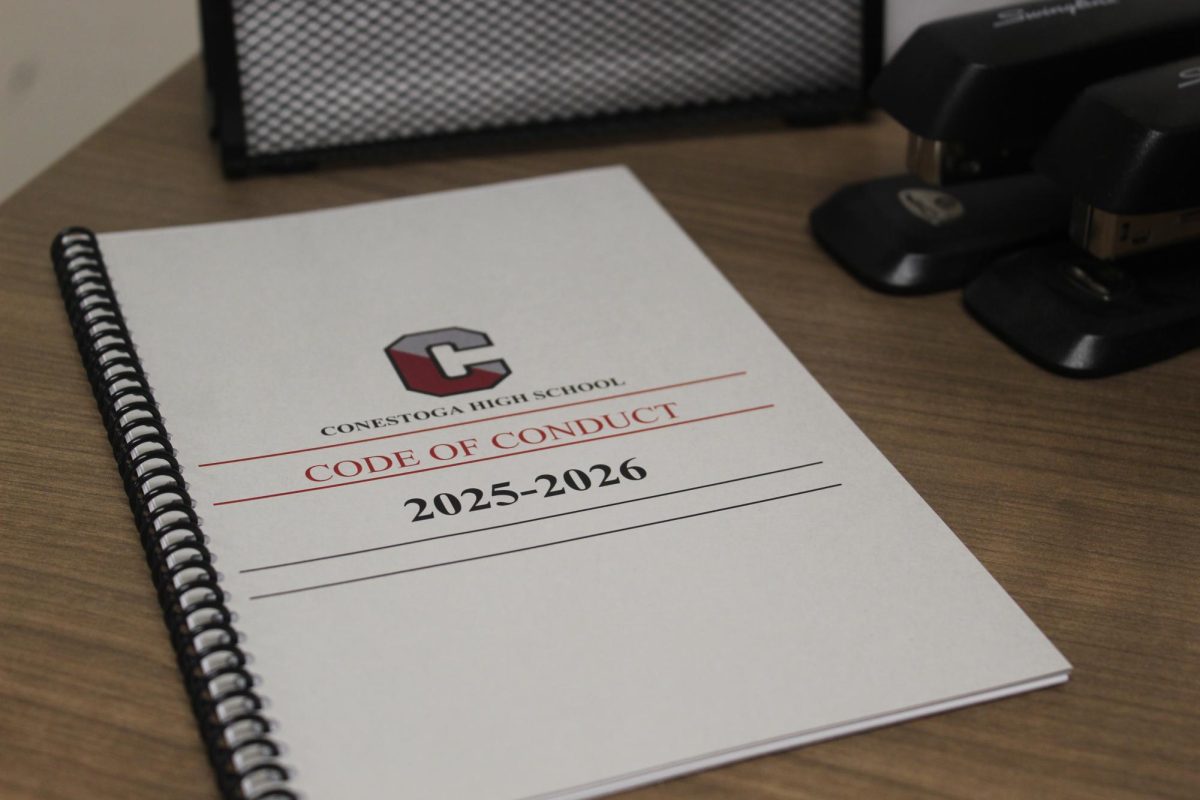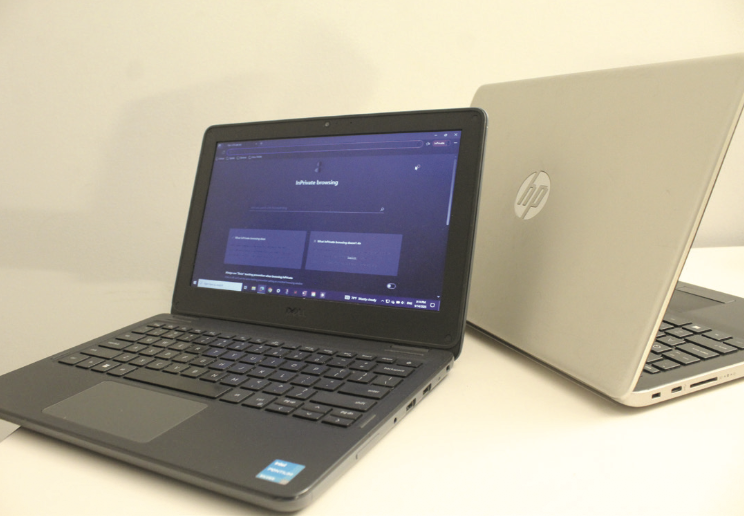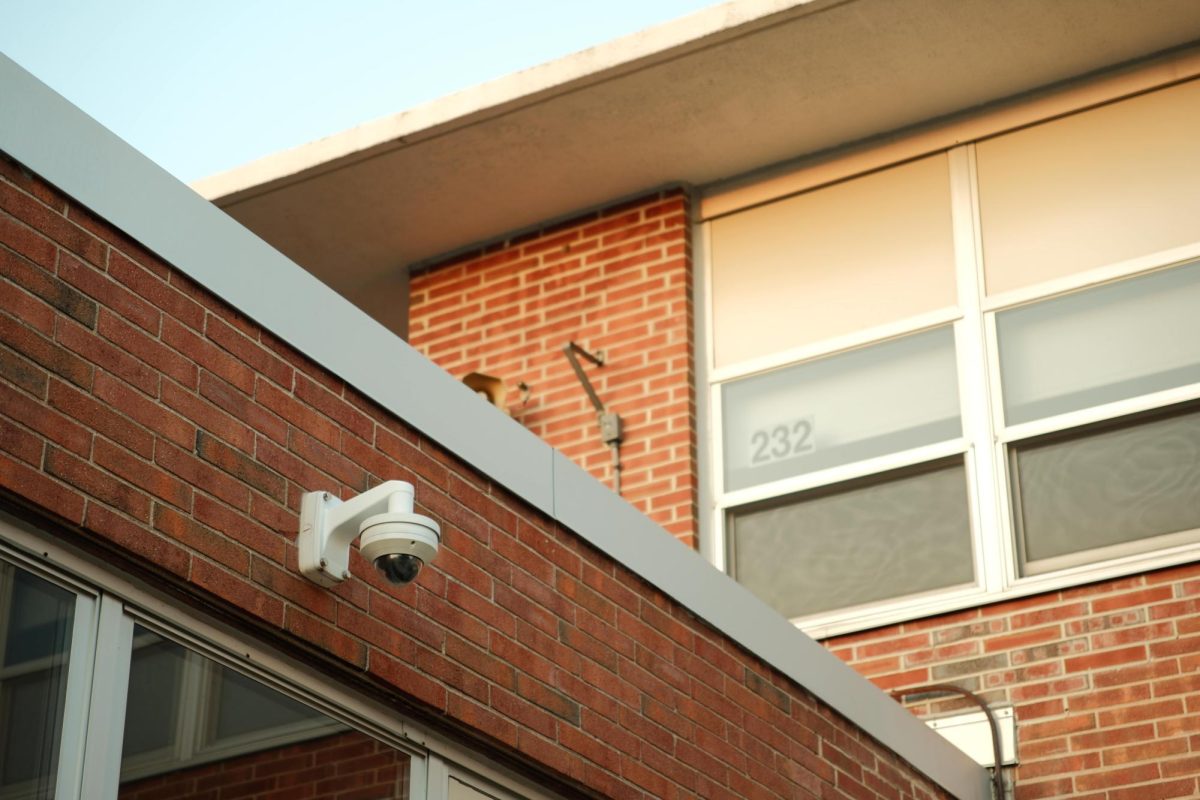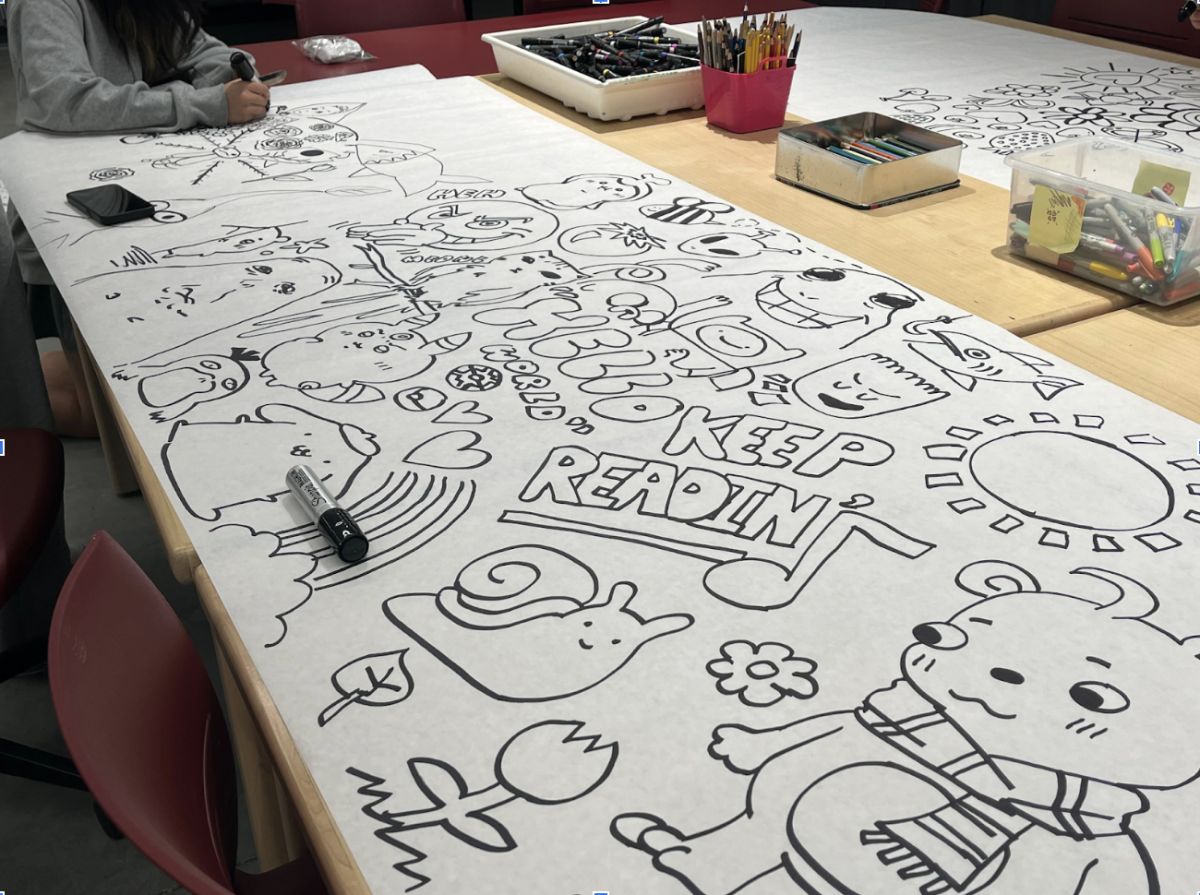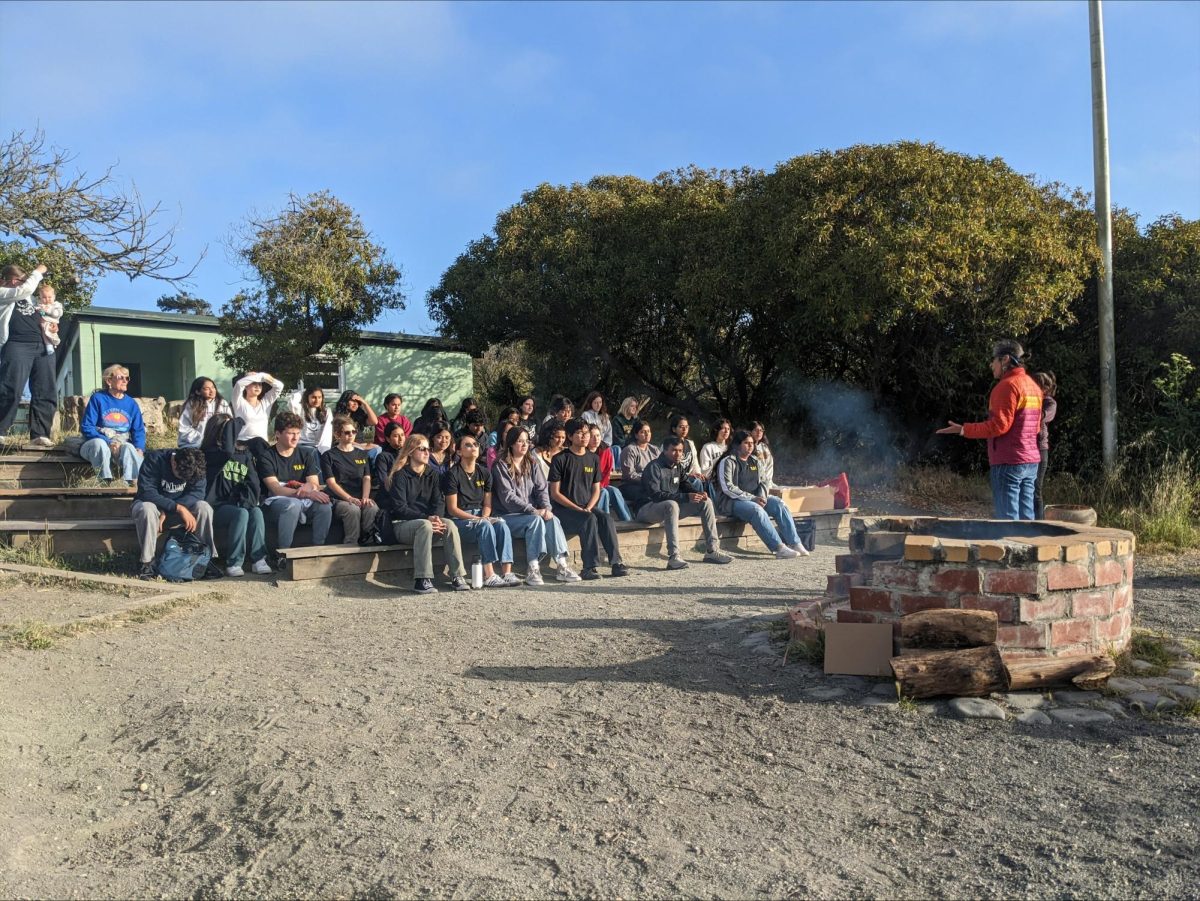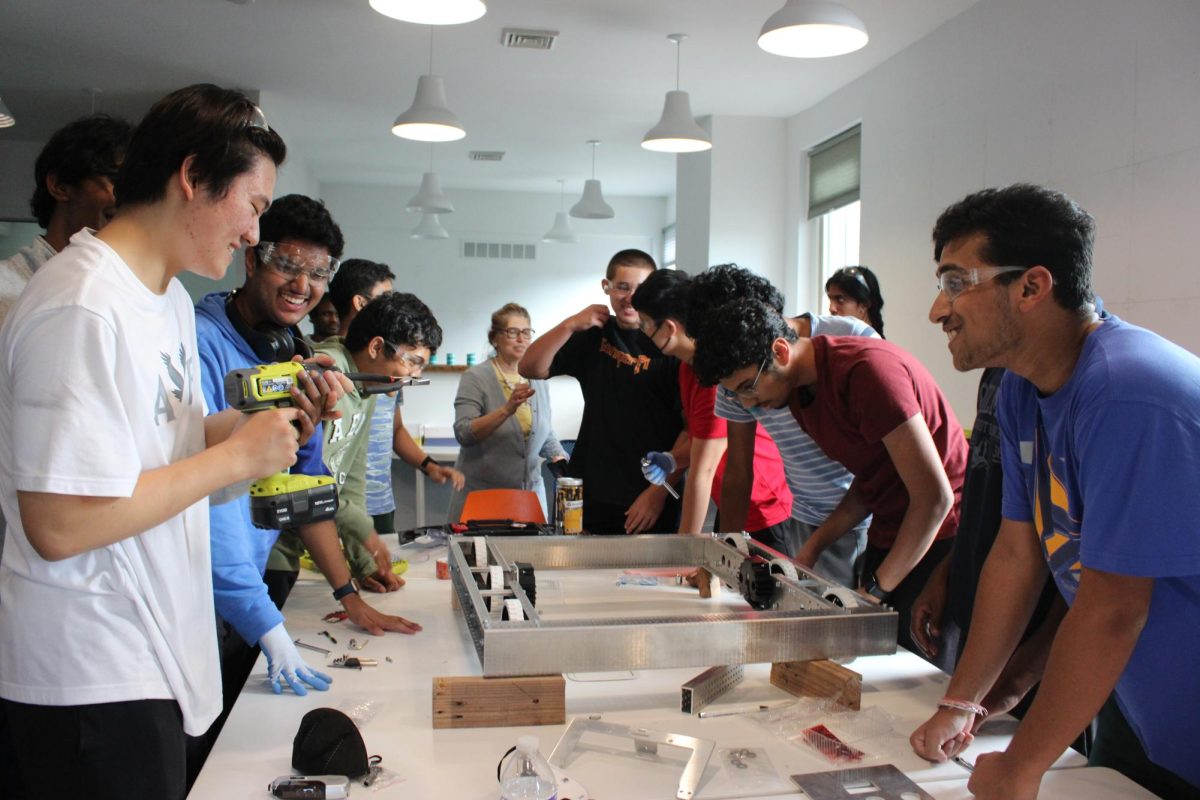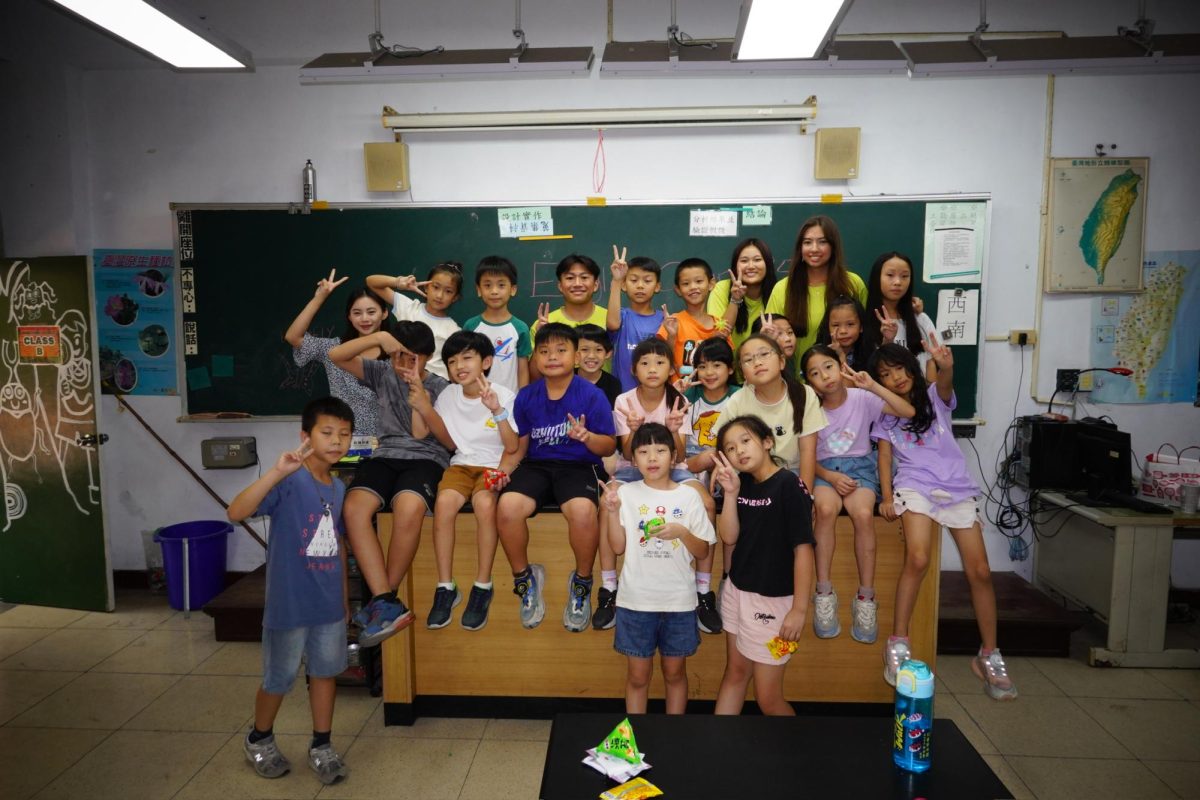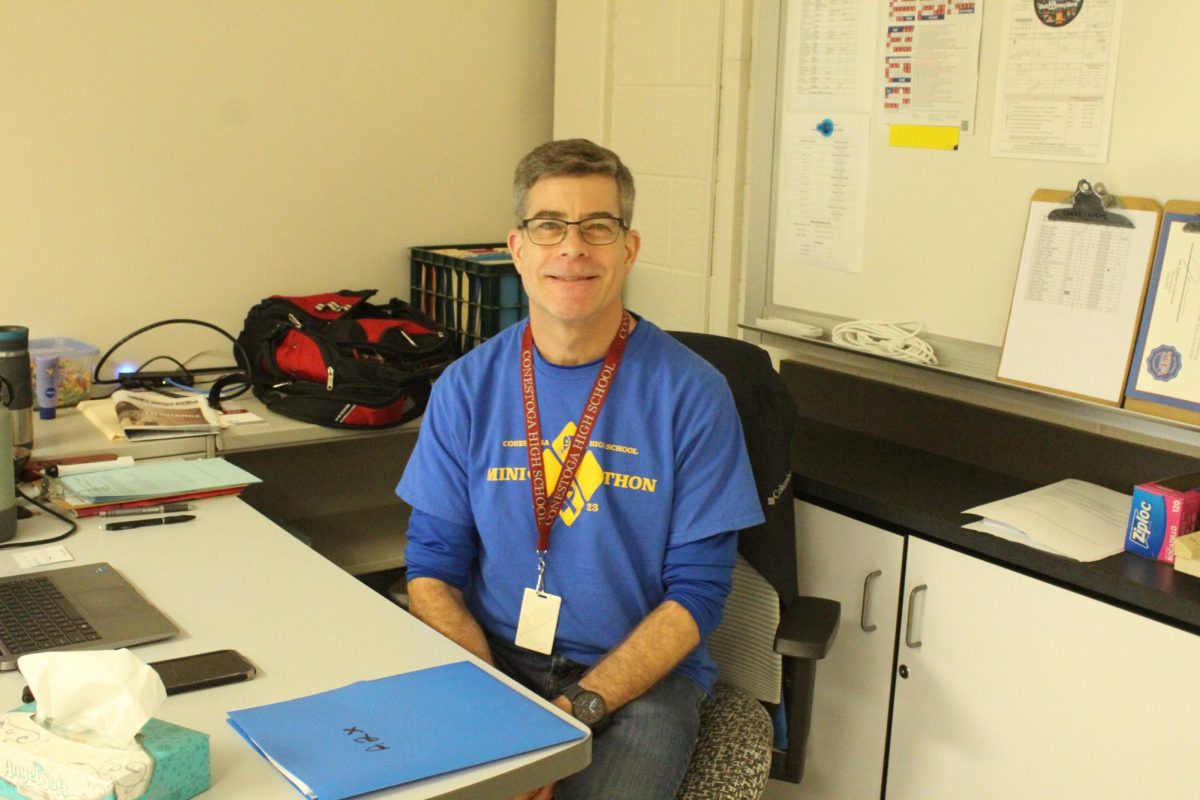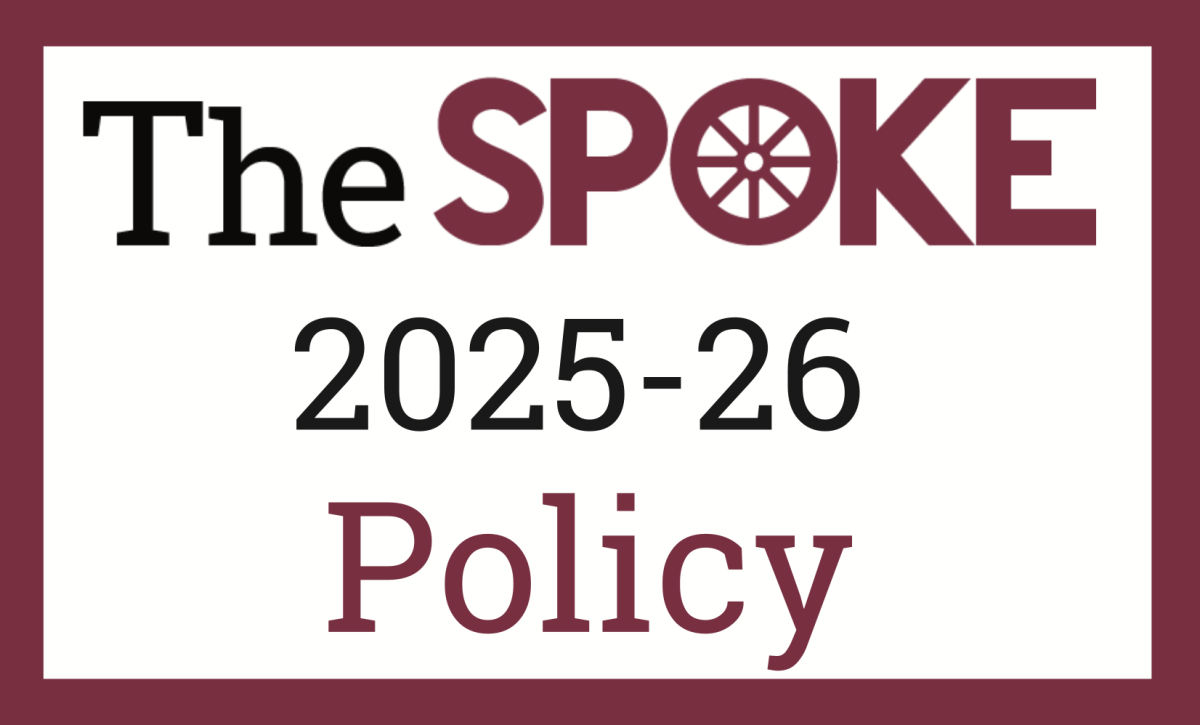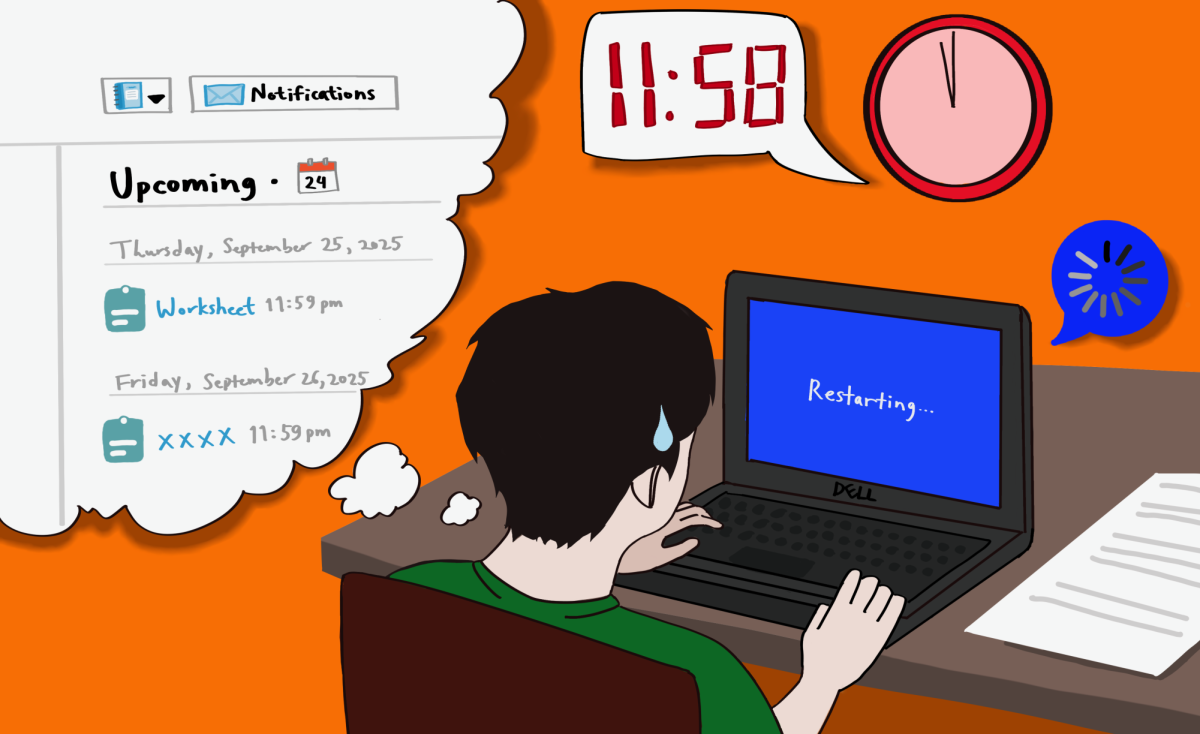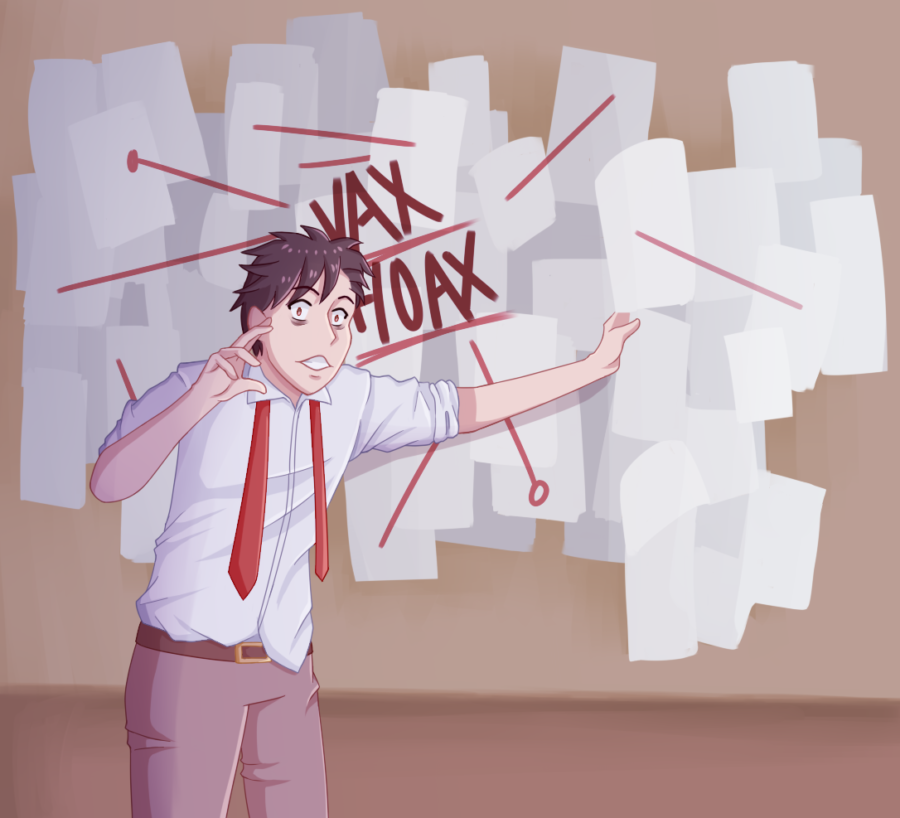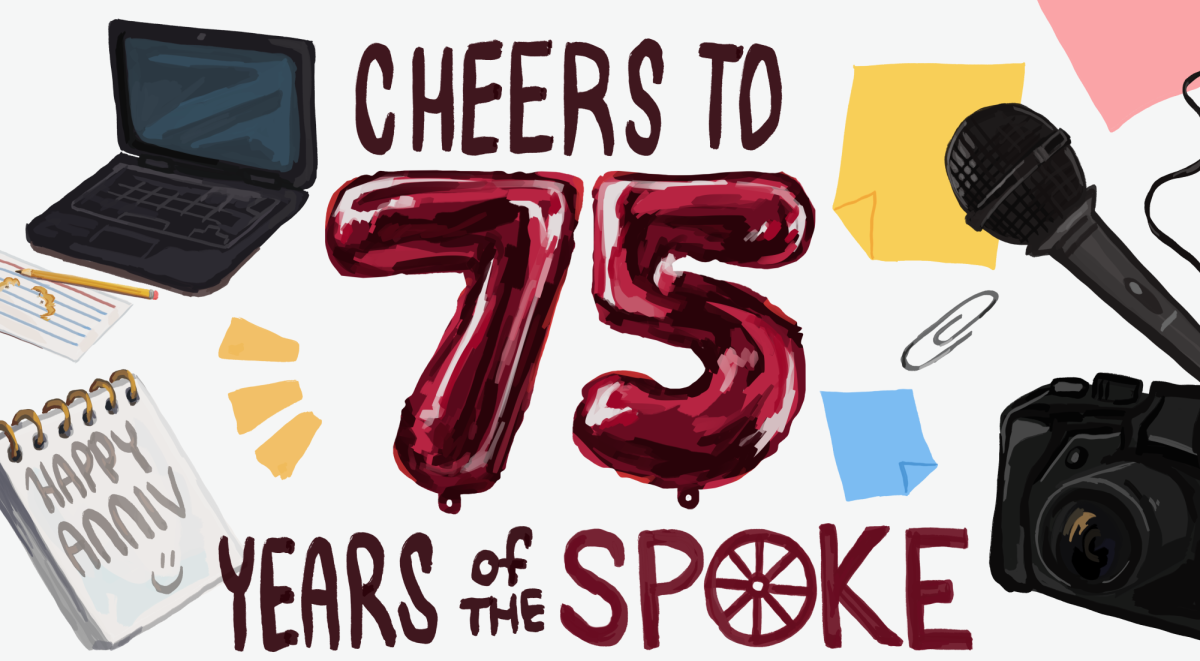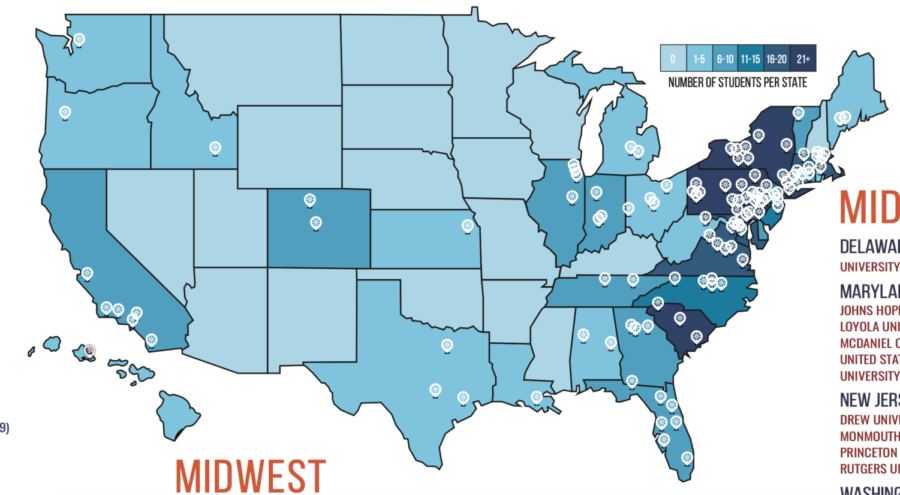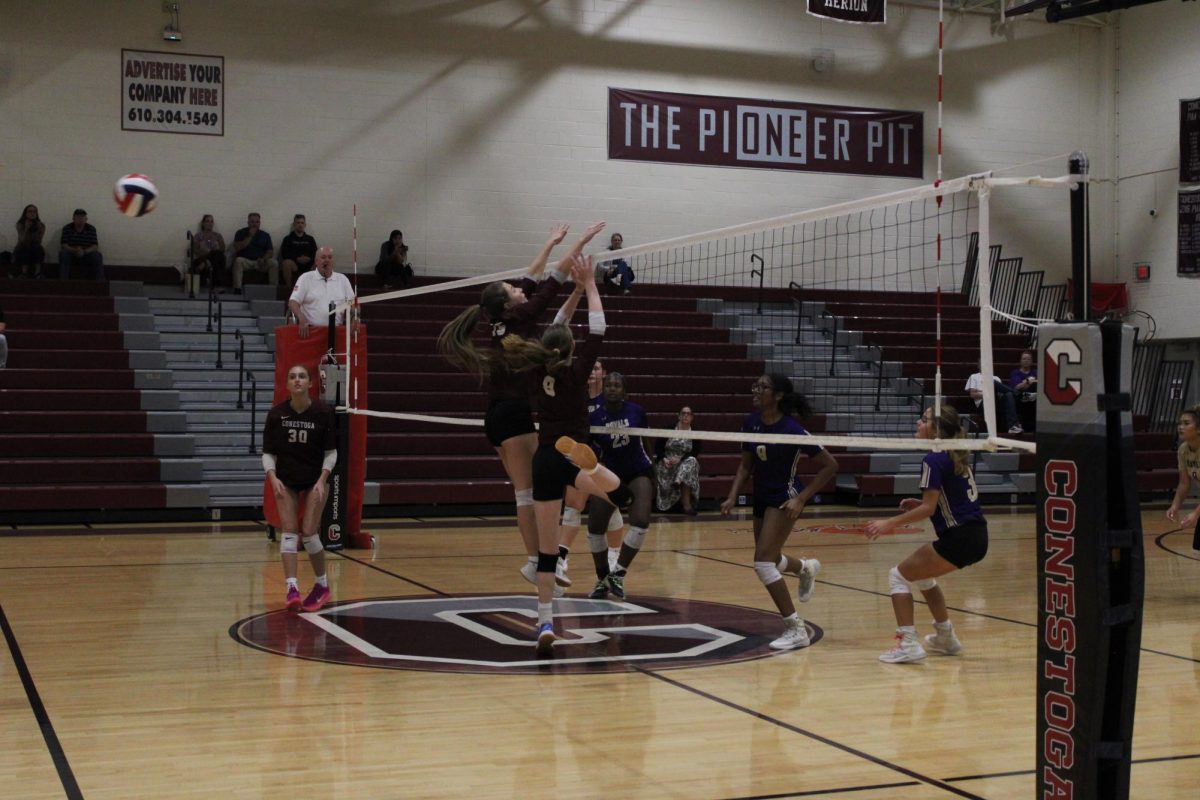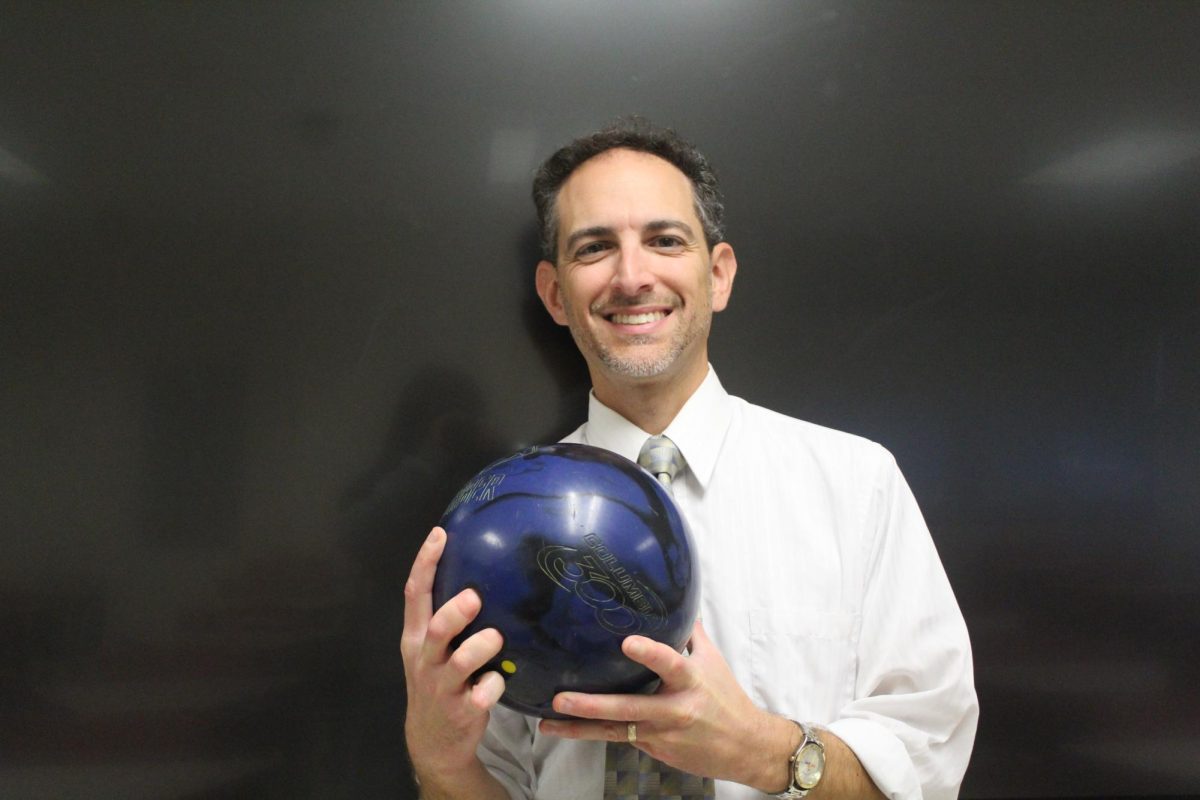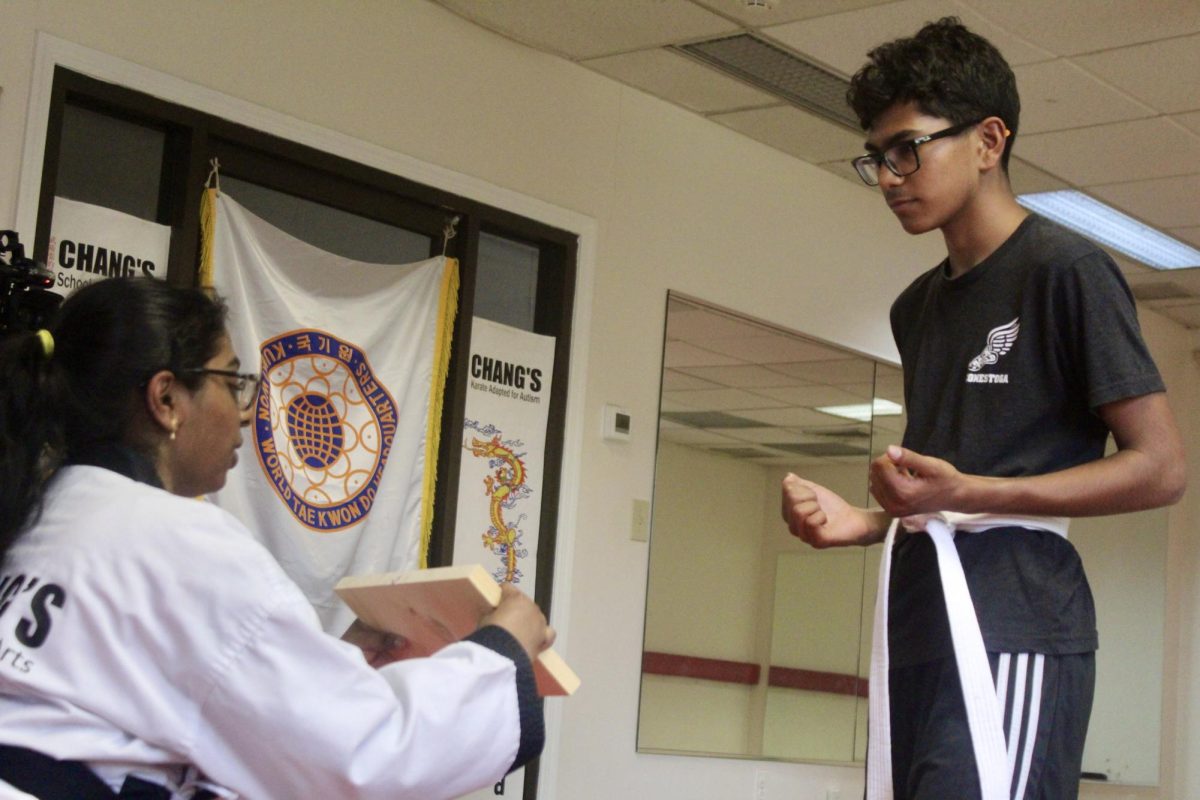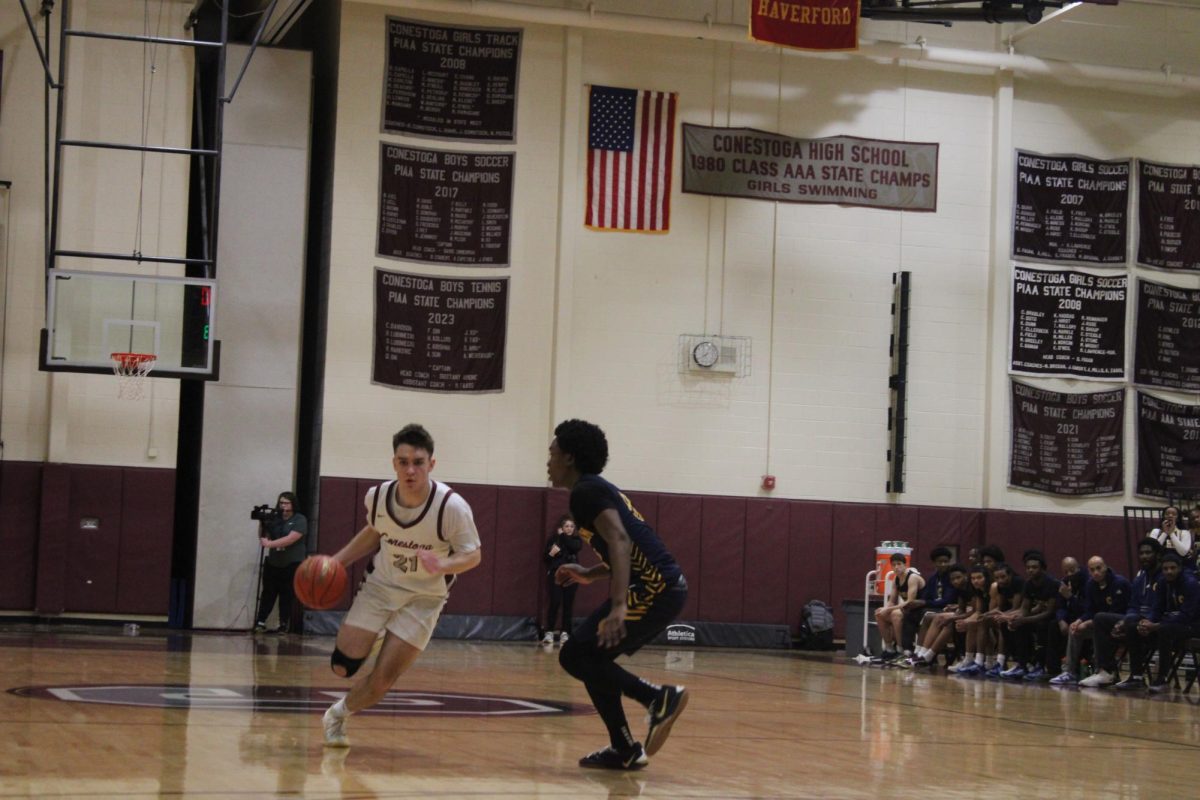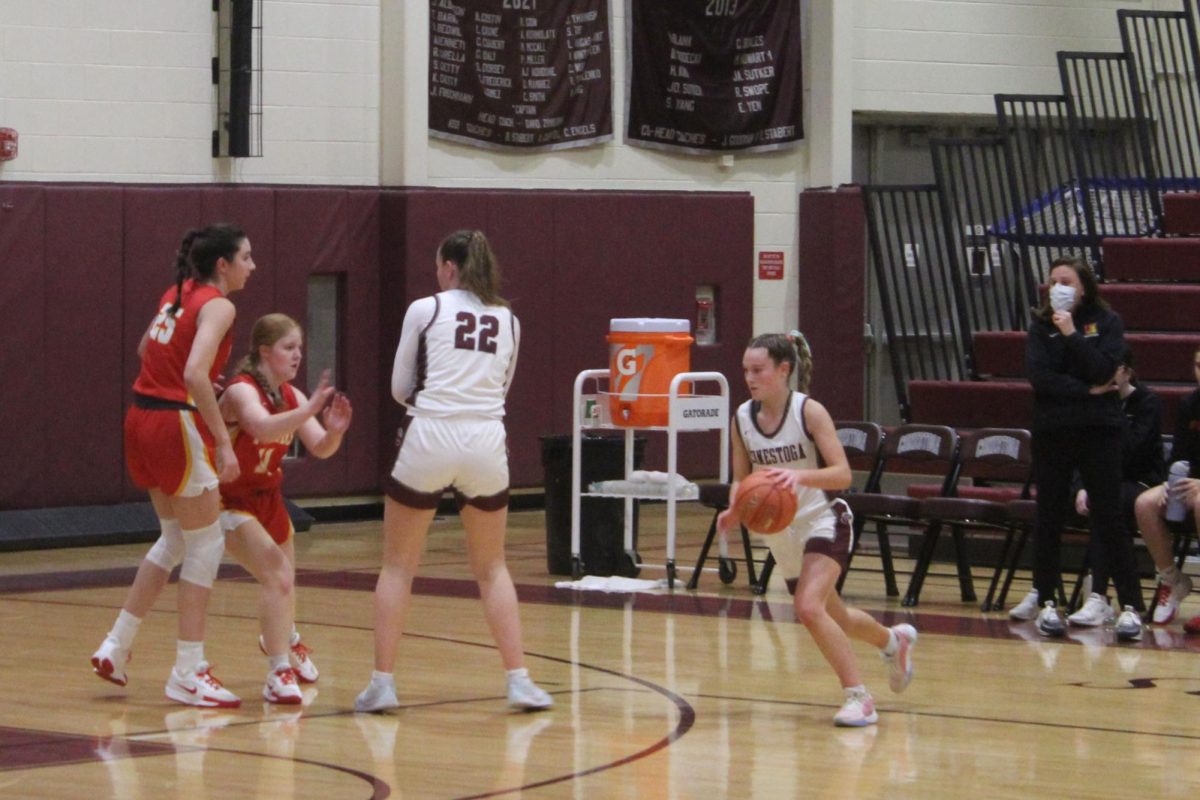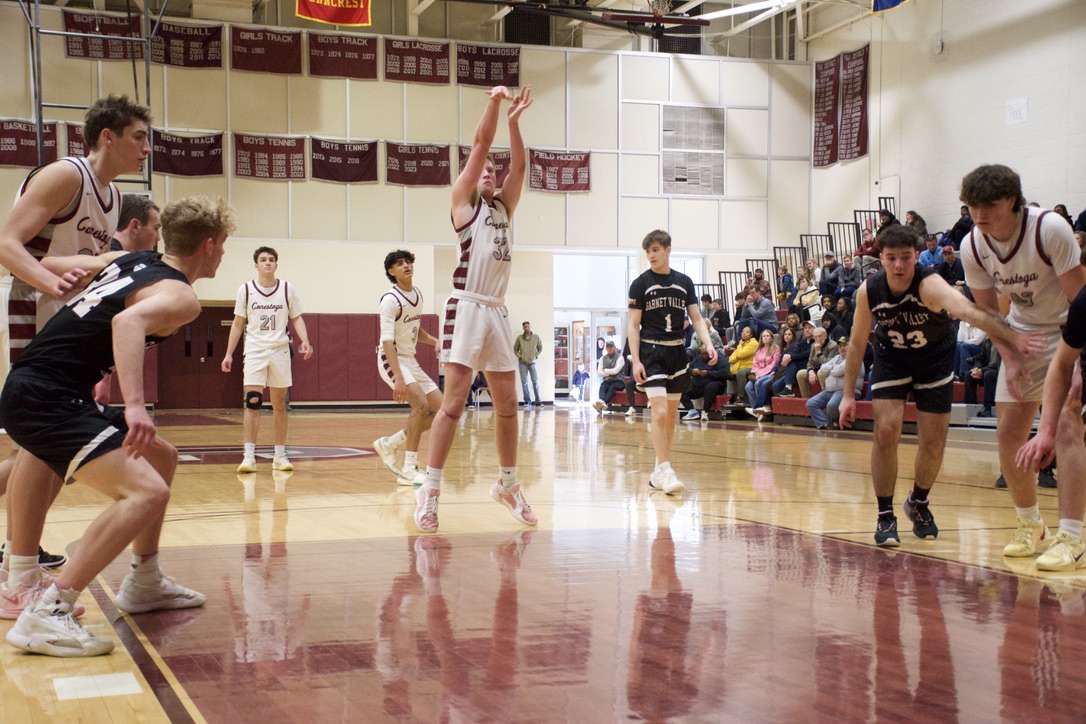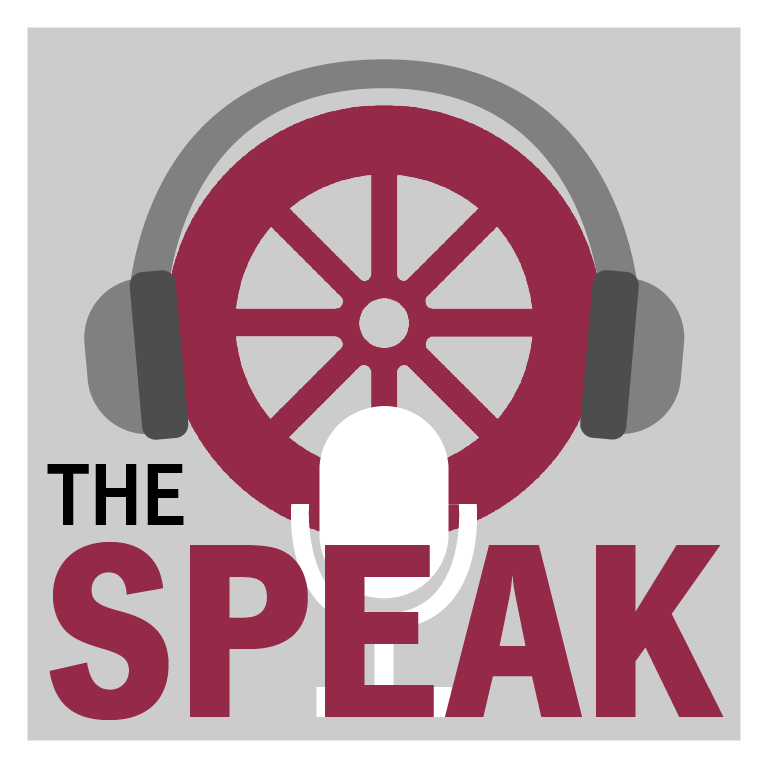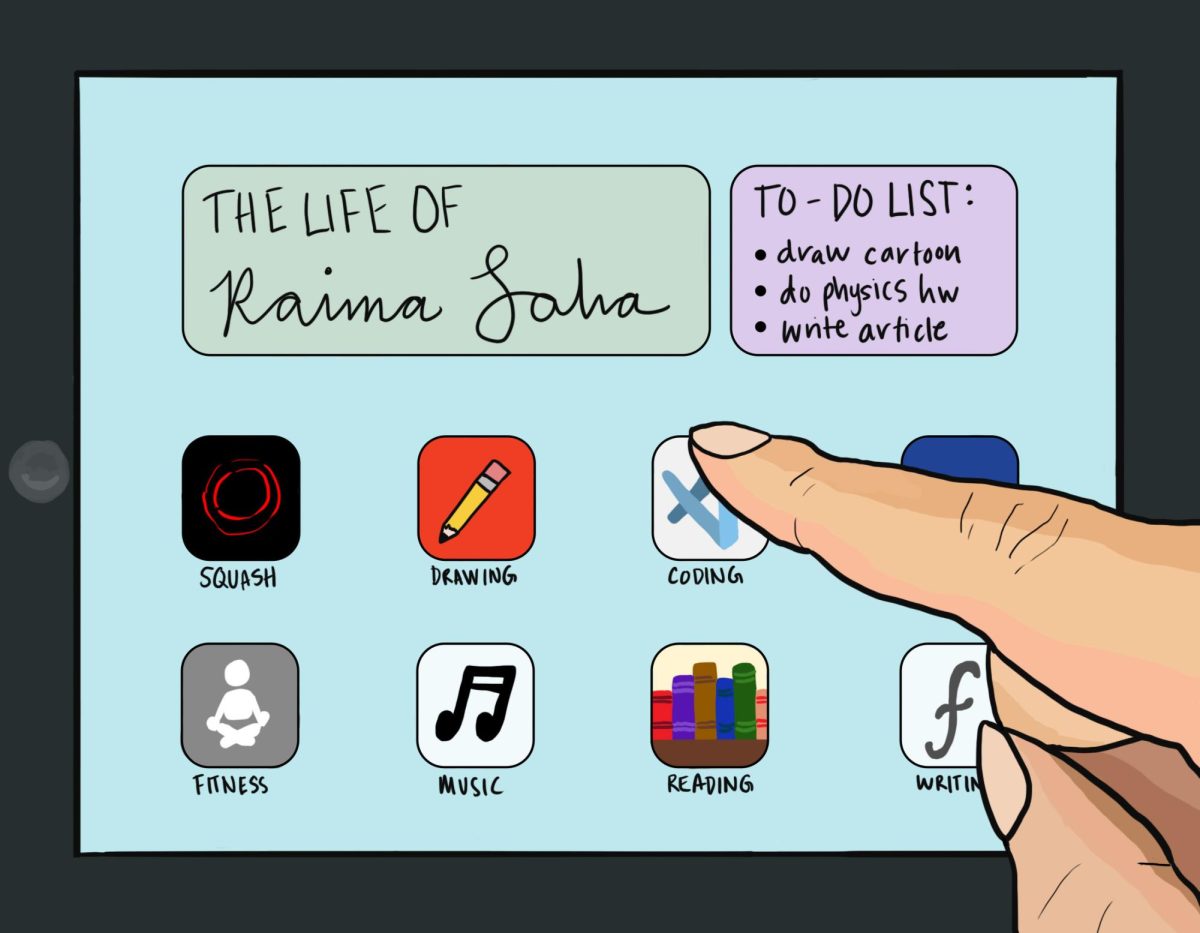Just when I was about to take my Econ quiz, I stared blankly at my screen as it dimmed black, even though it was 23% charged. And in just one week, even after restarting my laptop multiple times, my laptop locked me out of my account six times and struggled to connect to GlobalProtect multiple times.
Beginning this school year, bring-your-own-devices (BYOD), including laptops and tablets, are no longer permitted in ’Stoga. In January, the school board education committee cited they discontinued BYODs because they were creating distractions, technology issues and potential sources for academic dishonesty. BYOD had existed since the 2015-16 school year; now, however, every student is required to use district-provided Dell laptops, with the freshman class receiving Dell Pro 14s.
“I don’t think ‘it (BYOD) distracts students’ is a good argument, because students who are going to be distracted with the laptops are going to get distracted in other ways,” senior Anthony Zhang said. “Even if they have a school laptop, they could use that to be distracted, or they could be on their phones. And you have, ‘oh, students can use BYOD to cheat.’ That might be an issue, but then again, there’s also a bunch of other ways students are cheating too, so I feel like clamping down on BYODs isn’t the right priority.”
Though there are good intentions of initiating the ban on BYOD, it may not be the best solution, and we should consider other options — or even bringing BYOD back.
First, reintroducing BYOD may reduce strain on school resources and maintenance, as the school would no longer need to distribute as many laptops, especially given that there are only three faculty members who work at the Tech Deck in ’Stoga. The school could then allocate funds toward other projects and improvements, such as the athletic fields and better connection to Wi-Fi.
Secondly, tablets are useful, especially for art students to create designs or illustrations for certain assignments. Some students also utilize these devices as a way to take notes and create study guides without overusing paper. Additionally, students will most likely end up investing in a personal device later for college, so having the experience of using various devices in high school can give students a head start.
“I understand why there’s a push against bringing in your own devices, but at least for artists, I know a couple people that bring in their own iPads to do digital digital art,” senior Niki Chen said. “I’m personally doing a couple of digital art pieces for my AP art sustained investigation. It’s just harder because I can’t work on that in school, especially if I have free time.”
There’s some merit in restricting BYOD. Banning personal devices results in a more equal playing field for all students because no one will have more advanced technology, better Wi-Fi or improved access to resources. Some BYOD laptops, such as MacBooks, also create some problems for classes like computer science that require certain applications such as Eclipse, along with concerns about the misuse of BYOD to cheat on tests or assignments from texting or outside resources.
However, the ban on BYOD devices on campus may not be the most efficient way of learning for many students. Although the idea of having everyone use a Dell laptop sounds good in terms of equality, the shift to complete district device usage comes with some flawed mechanics surrounding the Dell laptops, despite its good intentions. They have painfully short battery life and slow performance, recurring issues connecting to the Wi-Fi, small and inconvenient screens for test taking, including larger-form assessments such as the digital SAT and AP exams, and extremely frequent restarts.
There are potential alternatives to the ban. ’Stoga could require students who need a certain program or application for a course to use a district device for those classes. Or, the school could ban certain models that tend to create more technical problems without eradicating the idea of BYOD as a whole.
In terms of upholding academic standards, there could be amendments made to the Code of Conduct to mandate that students caught misusing personal devices to cheat or be involved in academic dishonesty should face personal consequences and lose their privilege of using BYOD from then on. Finally, our district could potentially look toward upgrading to a faster, more efficient model than the Dell laptops.
BYOD’s main purpose was to allow expanded educational opportunities for students, and we should have an option as young adults to find the most efficient resources for ourselves to succeed in academics and future professions. Instead of banning BYOD, there are ways to reintroduce it or find another substitute while still trying to make the system as fair as possible for students.
Jeffrey Heng can be reached at [email protected].

